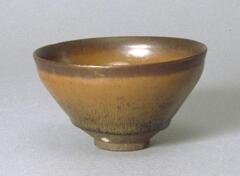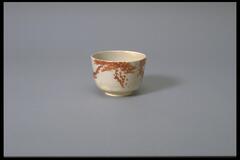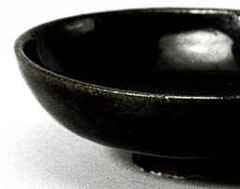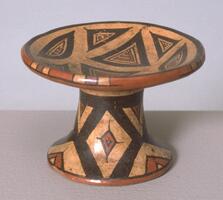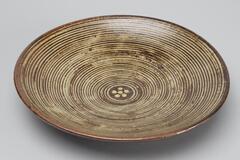72 Items in this Learning Collection
Collection Object
Collection Object
Collection Object
Collection Object
Collection Object
Collection Object
Collection Object
Collection Object
Collection Object
Collection Object
Collection Object
Collection Object
Collection Object
Collection Object
Collection Object
Collection Object
Collection Object
Collection Object
Collection Object
Collection Object
Collection Object
Collection Object
Collection Object
Collection Object
Collection Object
Collection Object
Collection Object
Collection Object
Collection Object
Collection Object
Collection Object
Collection Object
Collection Object
Collection Object
Collection Object
Collection Object
Collection Object
Collection Object
Collection Object
Collection Object
Resource with 15 media
Collection Object
Copyright
All Rights Reserved
()
Bowl
Accession Number
1982/1.274
Title
Bowl
Artist(s)
Chinese
Artist Nationality
Chinese (culture or style)
Object Creation Date
960-1127
Medium & Support
porcellaneous stoneware with glaze
Dimensions
2 1/2 x 8 5/16 x 8 5/16 in. (6.2 x 21.1 x 21.1 cm);3 15/16 x 10 1/8 x 10 1/8 in. (10 x 25.6 x 25.6 cm)
Credit Line
Gift of Dr. and Mrs. Paul W. Wang in memory of Professor Shang-Yi Wang
Label copy
From the eighth century on, tea drinking was firmly established as an important Chinese social custom. The tea was taken in the form of a powder that was whisked into a frothy brew with hot water in elegant conical ceramic bowl. Initially, white wares from Yue, Xing, and Ding kilns were favored. but later black tea bowls from Jian, Cizhou, Jizhou, and Ding kilns became the color of choice.
Song society, lead by cultured emperors like Huizong (r. 1101-26) and Gaozong (r.1127-63), did not seek power and empire like the previous dynasty of Tang, but instead sought learning and contemplation surrounded by refined and elegant daily objects. The pottery industry responded by producing immaculate white wares that could replace silver as luxury tableware. By the eleventh century, Ding had become firmly established as the great white ware of the north, just as the great white ware of the south, qingbai (“clear-white”) ware was getting started at the kilns of Jingdezhen in Jiangsu province. Chinese connoisseurs of the time praised the color and feel of qingbai tea bowls as being like “icy jade” and the ware went on to make Jingdezhen the porcelain capital of the world from the tenth to fourteenth centuries.
(Label for UMMA Chinese Gallery Opening Rotation, March 2009)
Physical Description
This very thin porcellaneous stoneware, wide flaring, conical bowl with direct rim is on a straight foot ring. The interior is incised with a pomegranate design and covered in a creamy white glaze. The unglazed rim is finished in a mounted silver band.
Primary Object Classification
Ceramic
Primary Object Type
bowl
Collection Area
Asian
Rights
If you are interested in using an image for a publication, please visit http://umma.umich.edu/request-image for more information and to fill out the online Image Rights and Reproductions Request Form.
Keywords
Ding (Chinese ceramics style)
Punica granatum (species)
ceramic (material)
ceramics (object genre)
chawan
stoneware (pottery)
tea bowls
1982/1.274
Title
Bowl
Artist(s)
Chinese
Artist Nationality
Chinese (culture or style)
Object Creation Date
960-1127
Medium & Support
porcellaneous stoneware with glaze
Dimensions
2 1/2 x 8 5/16 x 8 5/16 in. (6.2 x 21.1 x 21.1 cm);3 15/16 x 10 1/8 x 10 1/8 in. (10 x 25.6 x 25.6 cm)
Credit Line
Gift of Dr. and Mrs. Paul W. Wang in memory of Professor Shang-Yi Wang
Label copy
From the eighth century on, tea drinking was firmly established as an important Chinese social custom. The tea was taken in the form of a powder that was whisked into a frothy brew with hot water in elegant conical ceramic bowl. Initially, white wares from Yue, Xing, and Ding kilns were favored. but later black tea bowls from Jian, Cizhou, Jizhou, and Ding kilns became the color of choice.
Song society, lead by cultured emperors like Huizong (r. 1101-26) and Gaozong (r.1127-63), did not seek power and empire like the previous dynasty of Tang, but instead sought learning and contemplation surrounded by refined and elegant daily objects. The pottery industry responded by producing immaculate white wares that could replace silver as luxury tableware. By the eleventh century, Ding had become firmly established as the great white ware of the north, just as the great white ware of the south, qingbai (“clear-white”) ware was getting started at the kilns of Jingdezhen in Jiangsu province. Chinese connoisseurs of the time praised the color and feel of qingbai tea bowls as being like “icy jade” and the ware went on to make Jingdezhen the porcelain capital of the world from the tenth to fourteenth centuries.
(Label for UMMA Chinese Gallery Opening Rotation, March 2009)
Physical Description
This very thin porcellaneous stoneware, wide flaring, conical bowl with direct rim is on a straight foot ring. The interior is incised with a pomegranate design and covered in a creamy white glaze. The unglazed rim is finished in a mounted silver band.
Primary Object Classification
Ceramic
Primary Object Type
bowl
Collection Area
Asian
Rights
If you are interested in using an image for a publication, please visit http://umma.umich.edu/request-image for more information and to fill out the online Image Rights and Reproductions Request Form.
Keywords
Ding (Chinese ceramics style)
Punica granatum (species)
ceramic (material)
ceramics (object genre)
chawan
stoneware (pottery)
tea bowls
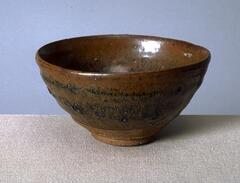
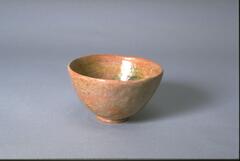
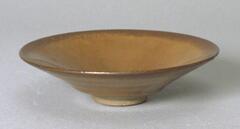
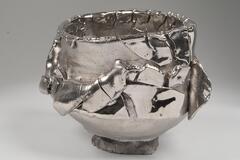
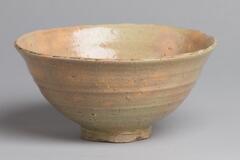
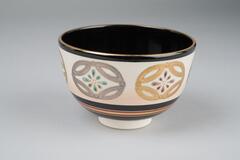
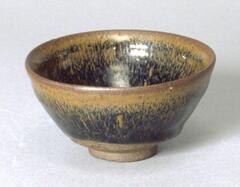
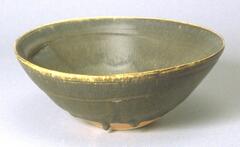

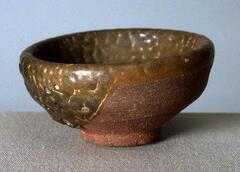
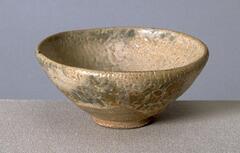
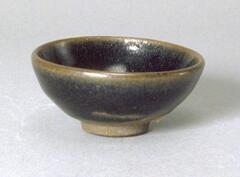
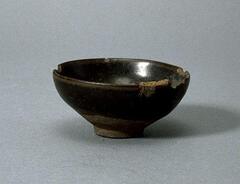
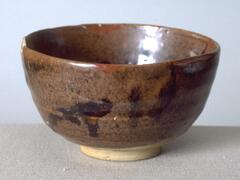
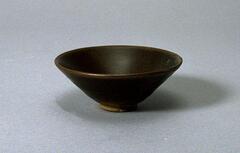
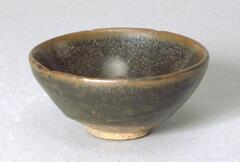

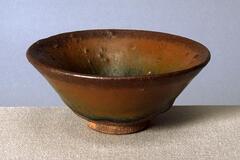
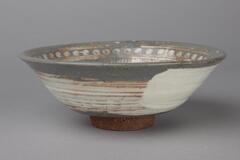
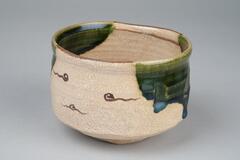
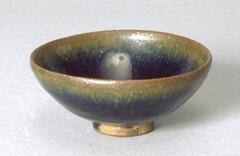


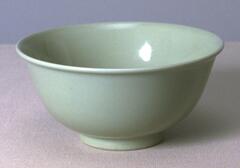

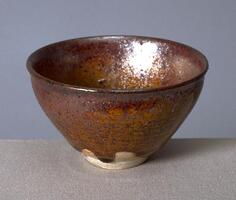
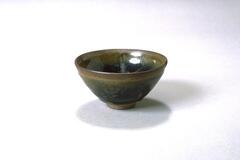

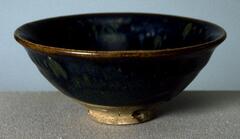
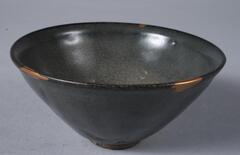
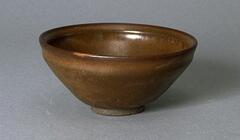
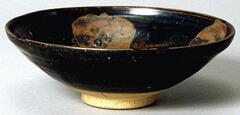
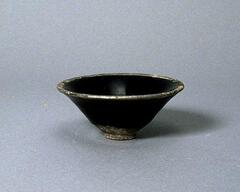
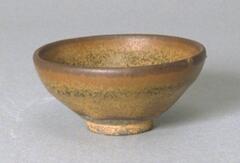
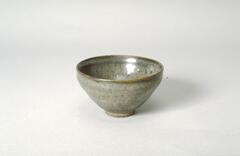

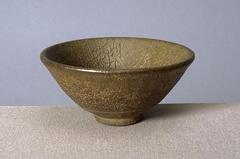
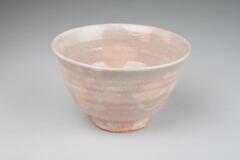
![Stoneware bowl with stamped rope-curtain design covered by a white slip and colorless glaze. A stylized inlaid chrysanthemum blossom decorates the center of the bowl, surrounded by a band of petals.<br />
<br />
This buncheong bowl with stamped design was maily supplied to government offices in the 15th century. It is decorated with a lotus flower on the inner base surrounded by lotus petals, butterflies and rows of dots on the inner wall. The outer wall, too, is filled with rows of dots. It was poorly sintered and the glaze applied to the lower part of the body is not melted in parts. The foot is not glazed and exposes the clay body.<br />
[Korean Collection, University of Michigan Museum of Art (2014) p.147] Stoneware bowl with stamped rope-curtain design covered by a white slip and colorless glaze. A stylized inlaid chrysanthemum blossom decorates the center of the bowl, surrounded by a band of petals.<br />
<br />
This buncheong bowl with stamped design was maily supplied to government offices in the 15th century. It is decorated with a lotus flower on the inner base surrounded by lotus petals, butterflies and rows of dots on the inner wall. The outer wall, too, is filled with rows of dots. It was poorly sintered and the glaze applied to the lower part of the body is not melted in parts. The foot is not glazed and exposes the clay body.<br />
[Korean Collection, University of Michigan Museum of Art (2014) p.147]](/media/W1siZiIsIjIwMjIvMDkvMjQvOWRtNDIyZTcyX2RlZmF1bHQuanBnIl0sWyJwIiwidGh1bWIiLCIyNDB4MjAwIl1d?sha=0b90e10dcc5f13d1)

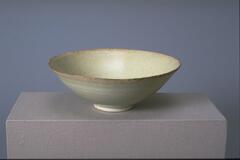
![<p>This is an undecorated bowl with diagonally flaring out sides. On the outer base and rim of the foot remain traces of refractory spur marks. The bowl was oxidized in the kiln, producing a green-brown hue, while the interior contains large bubbles. The color of its glaze is similar to that of other vessels excavated from sedimentary layers of refuse pile at celadon kilns in Goyang-si, Gyeonggi-do.<br />
[<em>Korean Collection, University of Michigan Museum of Art </em>(2014) p.101]</p>
<br />
It has an outwardly flared rim and steep side. A yellow brownish glaze is applied. The clay contains some impurities and the foot is relatively high. There is four spur-marks on the interior. <p>This is an undecorated bowl with diagonally flaring out sides. On the outer base and rim of the foot remain traces of refractory spur marks. The bowl was oxidized in the kiln, producing a green-brown hue, while the interior contains large bubbles. The color of its glaze is similar to that of other vessels excavated from sedimentary layers of refuse pile at celadon kilns in Goyang-si, Gyeonggi-do.<br />
[<em>Korean Collection, University of Michigan Museum of Art </em>(2014) p.101]</p>
<br />
It has an outwardly flared rim and steep side. A yellow brownish glaze is applied. The clay contains some impurities and the foot is relatively high. There is four spur-marks on the interior.](/media/W1siZiIsIjIwMjIvMDUvMjUvMnhtbDducjBocl9kZWZhdWx0LmpwZyJdLFsicCIsInRodW1iIiwiMjQweDIwMCJdXQ?sha=ab0ce1dba1be4d21)
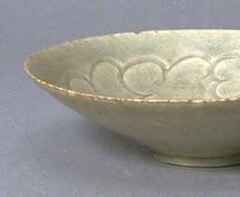
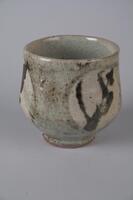
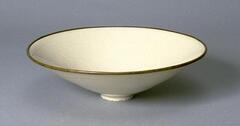
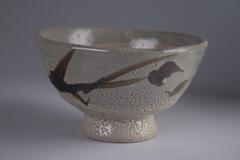
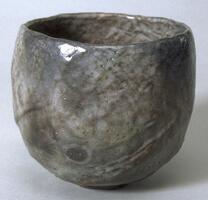

![Stoneware tea bowl with slightly flaring lip, white slip hakame design and colorless glaze.<br />
<br />
The inner and outer surfaces of this buncheong bowl have been brushed with white slip. Its inner base retains traces of seven spurs, while the uneven application of glaze has exposed the unglazed body. The glaze itself was fairly well fused. The bowl is intact without damage.<br />
[Korean Collection, University of Michigan Museum of Art (2014) p.156] Stoneware tea bowl with slightly flaring lip, white slip hakame design and colorless glaze.<br />
<br />
The inner and outer surfaces of this buncheong bowl have been brushed with white slip. Its inner base retains traces of seven spurs, while the uneven application of glaze has exposed the unglazed body. The glaze itself was fairly well fused. The bowl is intact without damage.<br />
[Korean Collection, University of Michigan Museum of Art (2014) p.156]](/media/W1siZiIsIjIwMjIvMDkvMjQvNm9xY20waHdlX2RlZmF1bHQuanBnIl0sWyJwIiwidGh1bWIiLCIyNDB4MjAwIl1d?sha=36b91ee5facf512c)
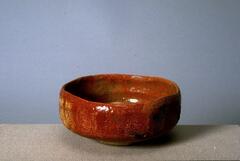
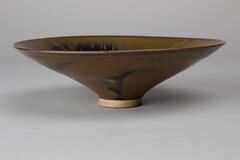
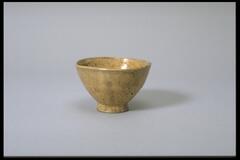
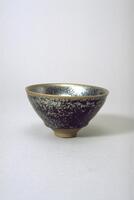

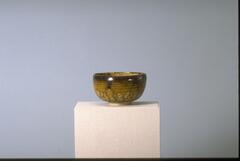
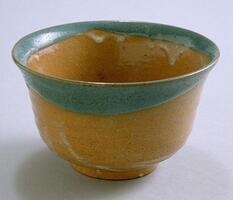




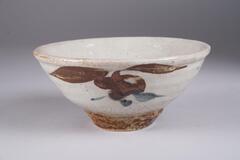
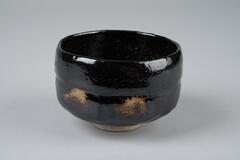
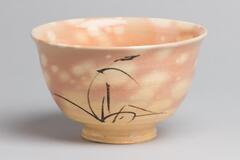

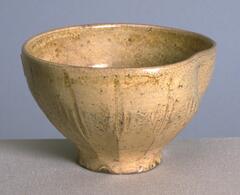
![<p>This bowl exemplifies early-tenth century celadon forms influenced by Chinese Yue ware. It has a halo-shaped foot (haemurigup), a characteristic of Yue ware. It is a high-quality celadon made from fine clay, coated by highly transparent glaze. Surface is plain while displaying crackles on its inner surface and parts of its outer surface. Many similar vessels were excavated from the Kilns no. 9 and no. 10 at Yongun-ri, Gangjin-gun, Jeollanam-do. Refractory spur marks created during firing remain in five places on the rim of the foot.<br />
[<i>Korean Collection, University of Michigan Museum of Art </i>(2014) p.88]</p>
Stoneware tea bowl with celadon glaze. <p>This bowl exemplifies early-tenth century celadon forms influenced by Chinese Yue ware. It has a halo-shaped foot (haemurigup), a characteristic of Yue ware. It is a high-quality celadon made from fine clay, coated by highly transparent glaze. Surface is plain while displaying crackles on its inner surface and parts of its outer surface. Many similar vessels were excavated from the Kilns no. 9 and no. 10 at Yongun-ri, Gangjin-gun, Jeollanam-do. Refractory spur marks created during firing remain in five places on the rim of the foot.<br />
[<i>Korean Collection, University of Michigan Museum of Art </i>(2014) p.88]</p>
Stoneware tea bowl with celadon glaze.](/media/W1siZiIsIjIwMjIvMDkvMjQvMXB2aXlzcnZpZF9kZWZhdWx0LmpwZyJdLFsicCIsInRodW1iIiwiMjQweDIwMCJdXQ?sha=7ddc9c1585910d07)

